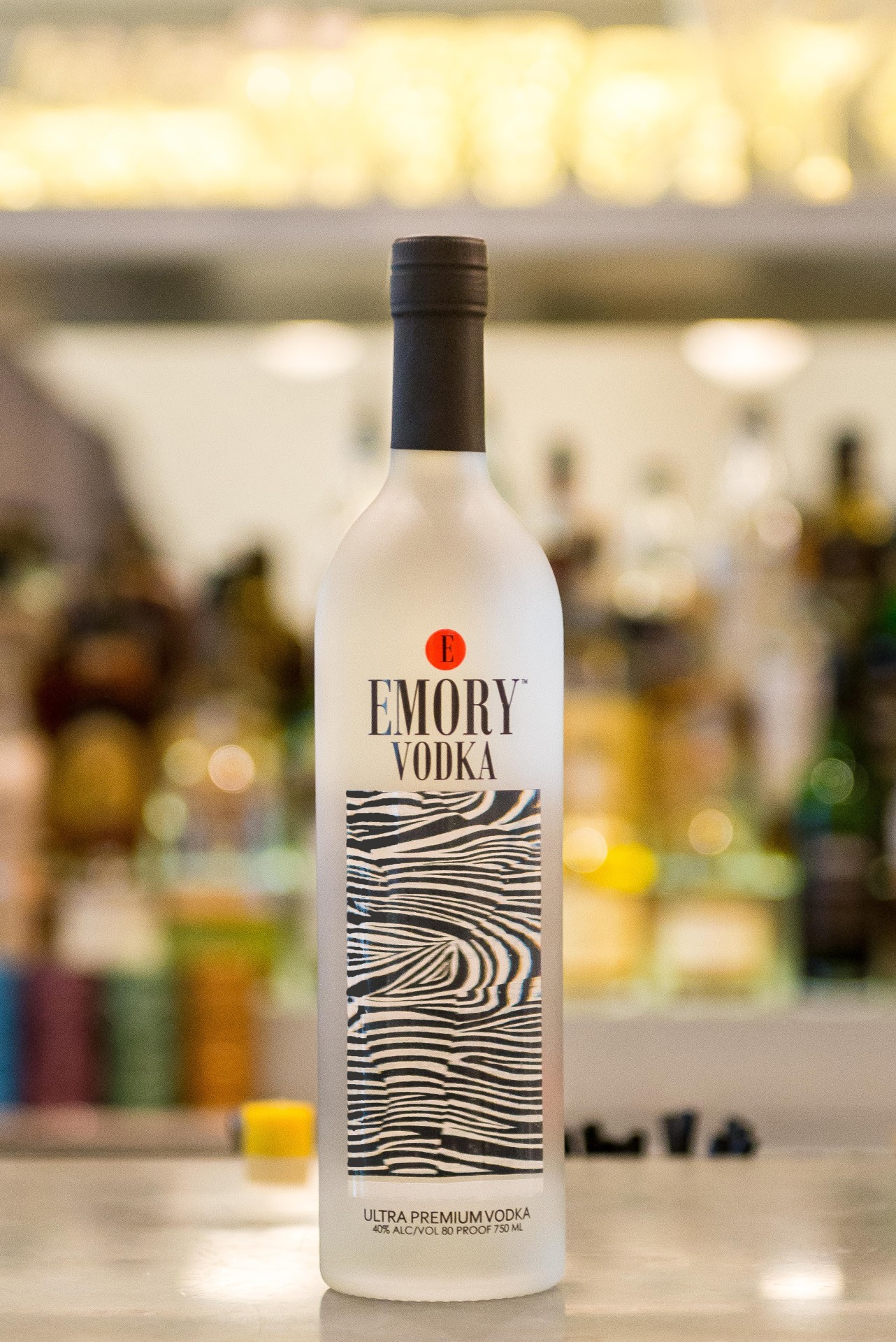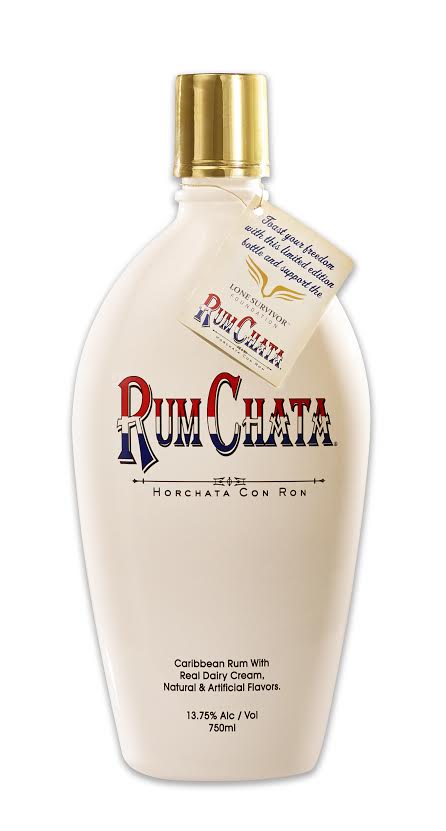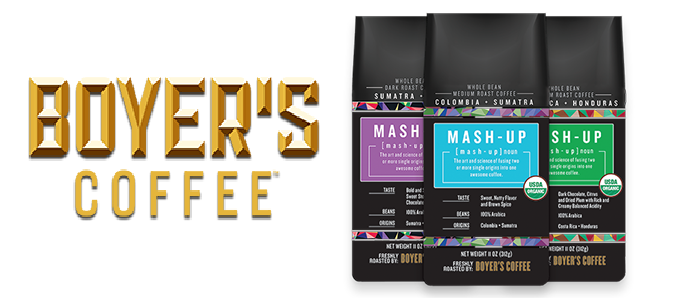Wine Spectator Award recipient talks selection, service, and storage
Selection, service and storage of wine are 3 different topics that each deserve individual attention.
 The initial selection of wine should be driven by your own preferences and those that you enjoy wine with. I have found that my father and his friends are particularly fond of New World Pinot Noirs and I have often been asked to select wines that this group would like. Therefore I always keep Sonoma, Santa Lucia Highlands and Santa Barbara Pinot Noirs on my radar. When selecting wines I think it is wise to be aware of your audience and to be wary of trying to change their preference, or re-write the book (especially if you know they are picky).
The initial selection of wine should be driven by your own preferences and those that you enjoy wine with. I have found that my father and his friends are particularly fond of New World Pinot Noirs and I have often been asked to select wines that this group would like. Therefore I always keep Sonoma, Santa Lucia Highlands and Santa Barbara Pinot Noirs on my radar. When selecting wines I think it is wise to be aware of your audience and to be wary of trying to change their preference, or re-write the book (especially if you know they are picky).Storage of wine is especially important if you are considering cellaring wine, especially for long term storage. Bottles should be stored on their side in a dark, cool, ideally slightly damp place. Strong light can harm wine in the long term. Warmth speeds up reactions, so the warmer a wine is kept, the faster and less subtly it will mature.
How you serve your wine should be top of mind as well. I firmly believe that any given wine has an ideal temperature at which it should be served. Lighter bodied whites are typically fine at or slightly above regular refrigeration
Pairing wine and food can be as complex or as simple as you want to make it. The more layers of flavors and textures you introduce to a dish, the more inherently difficult it is to find a perfect pair (not to say you shouldn’t try!). There are a few golden rules I almost always stick with.
Be wary of pairing spicy food and wine. Tannic wines in particular clash with spicy food (the tannins and the spice similarly aggravate the surface of the tongue). Stick with wines that you know are low in tannin when pairing with spice. Sweet wines in particular work very well with spicy cuisine. Try an off dry or sweet Riesling with your next spicy Asian dish to see for yourself.” —Michael Tinley, Level II Sommelier of Faire.
Faire
Raleigh, N.C.








